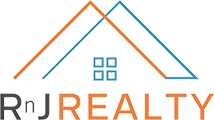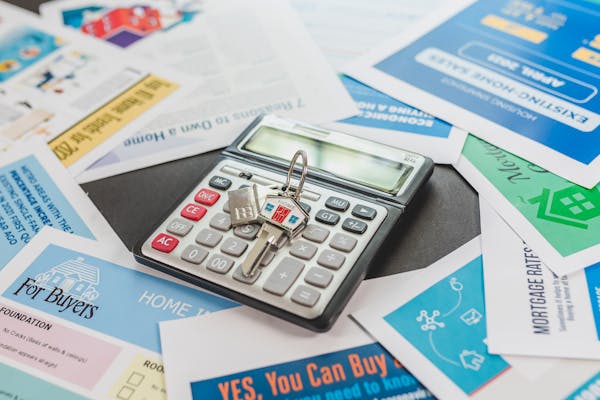Introduction: Why This Matters Now
In a market where Sydney’s median house price sits at $1,125,000 (CoreLogic, June 2025), many first-home buyers feel locked out, while landlords struggle with low vacancy yet fear overpaying for new assets.
Enter the First-Home Duo Challenge: an innovative approach where first-home buyers and investors (landlords) co-purchase properties to accelerate market entry and secure mutual benefits.
This guide covers:
✅ Updated NSW data on prices and grants.
✅ How co-ownership structures work.
✅ The risks, rewards, and case study ROI breakdowns.
✅ Practical steps to assess if this strategy fits you.
Sydney’s 2025 Market Snapshot
Median Sydney House Price: $1,125,000 (up 3.2% YoY, CoreLogic)
Median Sydney Unit Price: $786,000 (steady growth, down 0.2% from peak Q1 2025)
Average Gross Rental Yield Sydney: 3.8% houses, 4.5% units
Vacancy Rate: 1.2% (SQM Research, June 2025)
High prices + tight rental conditions make co-ownership increasingly attractive.
How Does Co-Buying Work?
Co-buying involves two parties pooling funds to purchase a property, sharing ownership, repayments, and eventual capital gains. Typical arrangements:
✅ Tenants in Common: Share ownership in agreed percentages (e.g., 70/30, 50/50).
✅ Unit Trust Ownership: Allows flexibility for landlords/investors.
✅ Co-ownership Agreements: Legal documents outlining exit plans, contributions, and maintenance splits.
The Duo Benefit: Why Buyers and Landlords Pair Up
For First-Home Buyers:
✔ Lower upfront deposit burden.
✔ Access to NSW First Home Buyer Choice (stamp duty concessions).
✔ Ability to buy in better locations earlier.
For Landlords/Investors:
✔ Partial asset ownership with lower capital outlay.
✔ Shared risk on mortgage repayments.
✔ Access to long-term capital growth in preferred suburbs.
Case Study: Parramatta 2-Bed Unit
Purchase Price: $780,000
First-Home Buyer (Sarah, 29): 60% ownership ($468,000)
Investor (Uncle Ben): 40% ownership ($312,000)
Rental Yield: 4.6% ($690/week, Sarah occupies, Ben’s share structured for rental rebate)
Stamp Duty Savings: Sarah accessed NSW First Home Buyer exemption (~$30,000 saved).
Mortgage Repayments Split: Sarah covers 60%, Ben 40%.
After 2 years, the property appreciates to $860,000 (+10.3%), with each party gaining proportional equity growth.
Key Legal & Financial Considerations
✅ Draft a Co-Ownership Agreement with a property lawyer.
✅ Discuss exit strategies clearly (sale, refinance, buyout plans).
✅ Determine maintenance and strata responsibilities upfront.
✅ Ensure both parties have clear credit and repayment structures with the lender.
Risks To Consider
⚠ Relationship or life changes.
⚠ Property market fluctuations.
⚠ Loan structure differences impacting tax positions (seek accountant advice).
⚠ Emotional challenges if one party wants to exit early.
How to Know if This is For You: A Quick Checklist
✅ You are a first-home buyer with limited deposit but strong income.
✅ You are a landlord/investor looking to diversify with lower capital.
✅ You are comfortable with structured agreements and shared ownership.
✅ You have professional advice (mortgage broker, solicitor, accountant).
Conclusion: Rethinking the Entry Strategy
In Sydney’s evolving 2025 market, co-buying isn’t a desperate measure—it’s a strategic approach to property ownership and wealth building.
The First-Home Duo Challenge could:
✅ Get you into the market faster.
✅ Reduce financial stress.
✅ Build equity while leveraging the low vacancy, high rental yield environment.
Ready to explore how co-buying could work for your situation? CONTACT US for a free 15-minute consultation to map your potential pathway into the Sydney property market.



